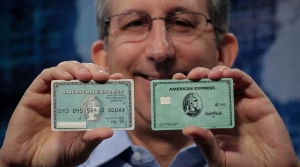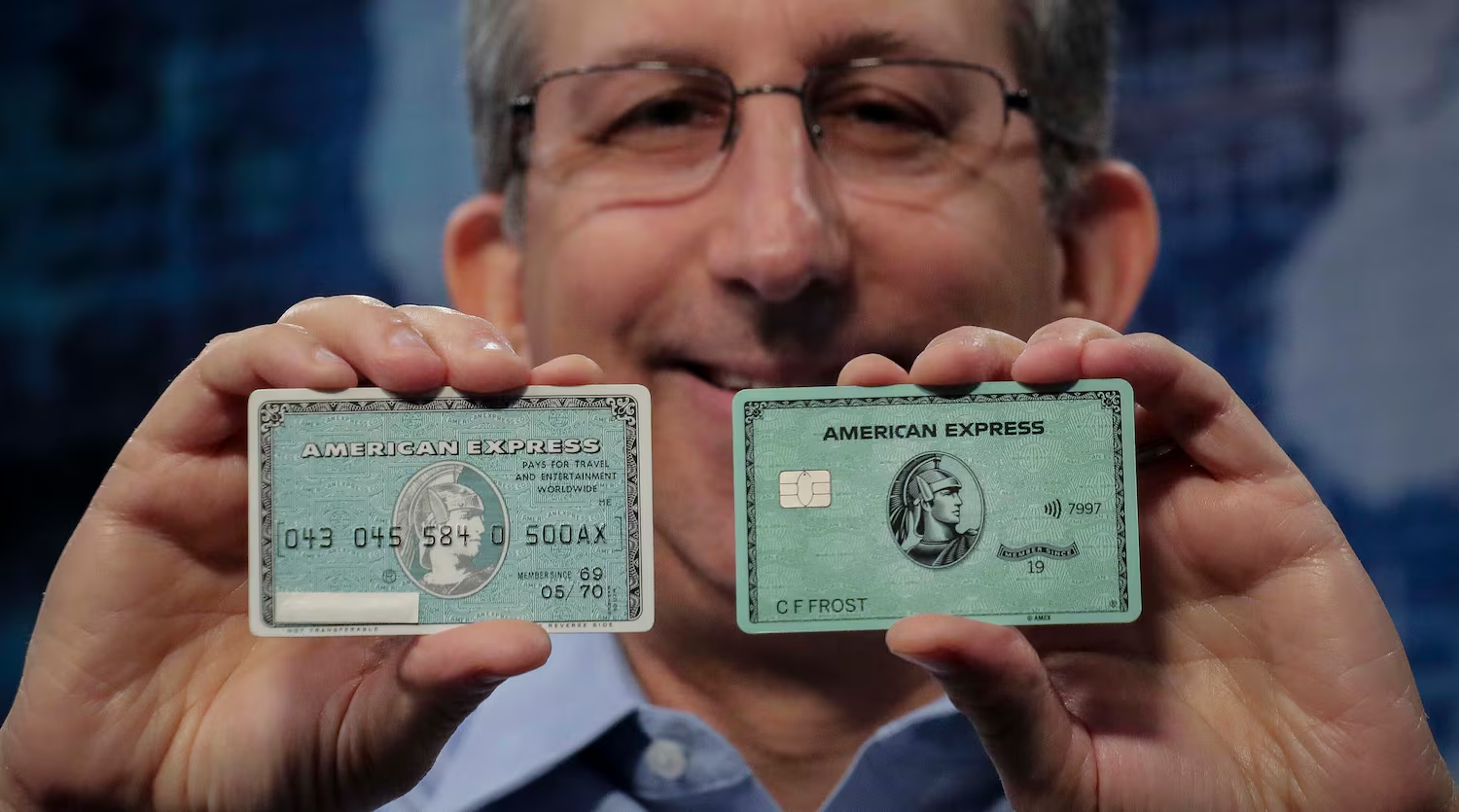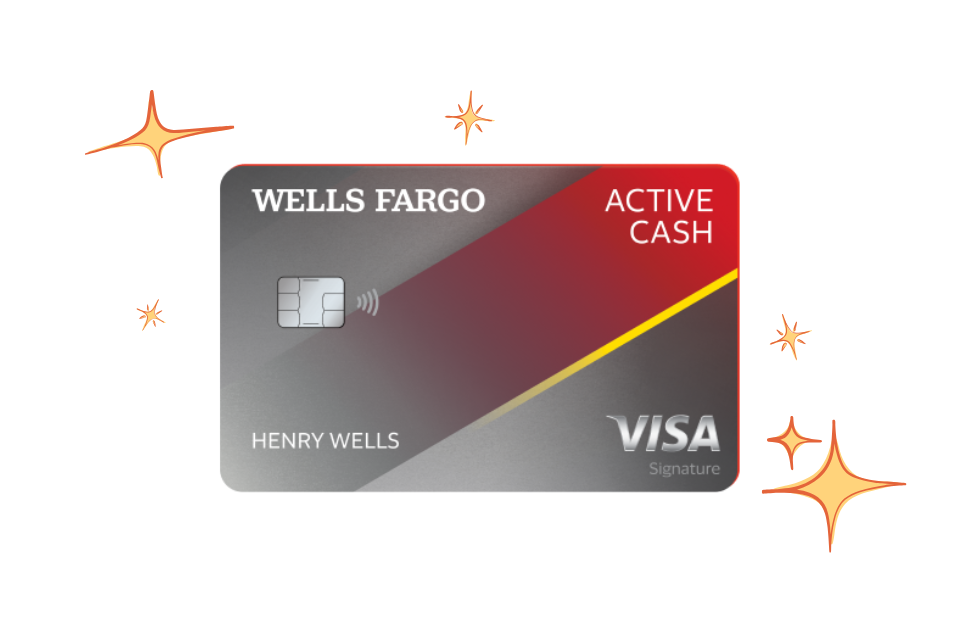When thinking about financial stability, one of the first things experts advise is to consider how much emergency fund you should have. This fund acts as a safety net, providing peace of mind during unexpected events such as medical emergencies, job loss, or major car repairs. But how much should you actually set aside for it?
Determining the appropriate amount can be daunting, but with research, planning, and a practical approach, you can build a cushion that fits both your income and your lifestyle. This guide will illuminate the necessary steps to ensure you’re prepared for whatever life throws your way.
By setting up a proper emergency reserve, you not only protect your financial health but also reduce stress and uncertainty in your daily life. Keep reading to learn more about building a reliable contingency plan.
Why Is an Emergency Fund Essential?
An emergency fund serves as a financial buffer that can keep you afloat during unforeseen situations. Imagine losing your job or facing a sudden medical expense; having this fund in place means you won’t have to rely on high-interest credit cards or loans.
Without the safety net of an emergency fund, financial setbacks can lead to debt, which can take years to repay and severely impact your financial future. It enables you to focus on resolving the emergency at hand without adding financial strain.
The primary purpose of this fund is to cover your essential living expenses during difficult times. This can include rent or mortgage payments, groceries, utilities, and medical bills, ensuring that your family’s basic needs are met.
Calculating Your Emergency Fund Needs
To determine your personal emergency funds, start by assessing your monthly expenses. Consider all necessities such as housing, food, utilities, transportation, and health care.
Financial experts recommend saving enough to cover three to six months of living expenses, but this can vary depending on your personal circumstances, such as job stability and family size.
Keep in mind that your situation may evolve over time. It’s crucial to periodically reassess your fund to ensure it aligns with your current financial obligations and lifestyle changes.
Factors Influencing the Size of Your Emergency Fund
Several factors should influence the size of your emergency fund, including your income stability, job market in your field, and potential for unforeseen costs that may arise.
For instance, if you have a secure job with little risk of losing it, a three-month emergency fund might suffice. Conversely, if your job is volatile, aim for a six-month cushion or more.
Your personal lifestyle choices, such as home ownership or having dependents, can also affect your savings target. Homeowners might need a larger fund to account for possible maintenance costs.
Steps to Building Your Emergency Fund
To start building your emergency fund, begin by opening a separate savings account dedicated solely to emergencies. This helps avoid the temptation of dipping into the fund for non-urgent needs.
Make it a habit to regularly contribute to this account. Consider setting up automatic transfers from your checking to your savings to ensure consistency.
Start small by allocating a percentage of your paycheck toward the fund. As your financial situation improves, gradually increase the amount you save.
Maintaining and Reassessing Your Emergency Fund
Once your fund is in place, maintaining it is essential. Revisit your savings goal periodically to account for changes in your expenses or life situation.
In times when you need to use your emergency fund, focus on replenishing it as soon as possible to remain prepared for future emergencies.
Regular assessment of your fund assures that it remains sufficient for your ongoing needs and adapts to any financial changes in your life.
Where to Keep Your Emergency Fund
Liquidity is key for emergency funds. Therefore, choose an account with easy access, like a high-yield savings account or money market account, which offers both liquidity and modest interest earnings.
Avoid investing this money in stocks or other potentially volatile instruments, as you need it to be readily available without risk of loss.
Ensure the account does not have penalties for withdrawals, so you have immediate access in case of emergency.
Conclusion: Protecting Your Future
Building and maintaining an emergency fund is a pivotal step toward achieving financial stability. This buffer not only provides peace of mind but also empowers you to handle life’s unpredictabilities without financial ruin.
Commit to starting, building, and securing your emergency fund today. It’s an investment in your financial well-being and futurestability.
By following these guidelines and recalibrating as necessary, you will create a resilient safety net that provides security for you and your loved ones in times of need.
See this posts:
Score Shock: What to Do Immediately If Your US Credit Score Suddenly Drops
The Siren Song of Easy Answers: Why Debt ‘Quick Fixes’ in the US Are Often Dangerous Traps










